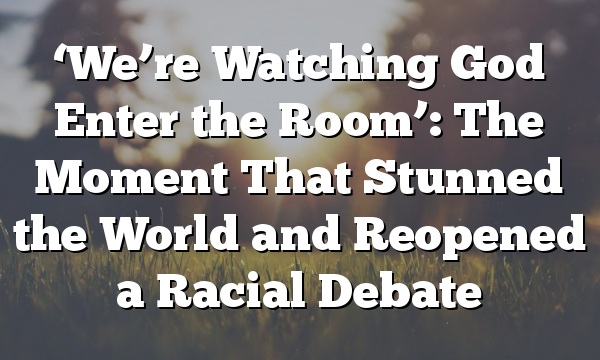Click to join the conversation with over 500,000 Pentecostal believers and scholars
Click to get our FREE MOBILE APP and stay connected
| PentecostalTheology.com



by Tony Richie
Official church historians consider the Church of God (Cleveland, TN USA) the oldest continuing, and one of the largest, Pentecostal ecclesial organizations in the world. It dates back to 1886 with roots in the Unicoi Mountains of Eastern Tennessee and Western North Carolina. It considers itself more of a movement than a denomination, more of a dynamic and organic union than an institution. Yet with around 7 million members worldwide and a constituency closer to 15 million the Church of God certainly has developed some of the trappings of an organized institution. One of these institutional necessities has been its biennial General Assembly.
True to its origins in the American Wesleyan Holiness Movement the Church of God early adopted a mostly Episcopal form of government. Among other things, this has meant a centralized polity, although with some admittedly hybrid elements of congregationalism showing through here and there. Every two years Ordained Bishops of the Church of God meet in a General Council to elect leaders, discuss business, and address pressing issues in the church and in society. Then the General Assembly, which still includes the General Council but adds other credentialed ministers as well as registered lay delegates, meets to confirm (or not) the suggestions of the Bishops. The General Assembly is the highest governing body of a group that insists it adheres strictly to the teachings of Scripture in its beliefs and practices. In between General Assembly sessions the Church of God is led by an International Executive Committee consisting of a Presiding Bishop (General Overseer), three assistants (executive bishops), and a Secretary General together with 18 councilors comprising the International Executive Council. The Presiding Bishop moderates the General Council and the General Assembly.
Whenever and wherever the church gathers to worship, to witness, and, yes, to work, it becomes a sign of divine, heavenly grace in this earthly, material world. Or at least it should.
The 75th Church of God International General Assembly met in Orlando, Florida from July 29 through August 1, 2014.[1] Pre-Assembly events included John Ashcroft, former US Attorney General, himself a Pentecostal (Assemblies of God), and other leadership guests from the broader Christian community. The conference theme was “One: One Faith, One Lord, One Mission”. The General Overseer’s “State of the Church Address” celebrated remarkable advances (mostly, in evangelism and mission) but also noted remaining challenges (mostly in identity and unity). The business of the Assembly began with discussion and expansion of the Church of God mission and vision statements. Seven emphases on Prayer, Pentecostal Worship, World Evangelization, Church Planting, Leadership Development, Care, and Interdependence were enlarged to include Communication, Discipleship, and Education, for a total of ten.
For me, this opening process suggests something of an interpretative key for the 75th General and what it says about where the Church of God is today and what it is about. Two words come to my mind: retention and expansion. The course of this General Assembly suggests to me that the Church of God is engaged in Herculean labors to retain its Holiness-Pentecostal heritage and identity and also to expand its ministries and mission for contemporary relevance and effectiveness in a world that has changed dramatically since the turn of the 20th century. As a Church of God member, bishop, pastor, and educator, as well as something of an interlocutor with others, I applaud these dual drives. However, I recognize that there is an inherent tension in remaining rooted in the past while taking wing into the future. Nevertheless, I’m convinced that the most consistent way forward for the Church of God still involves integrating just such continuity and creativity.




Most Talked About Today